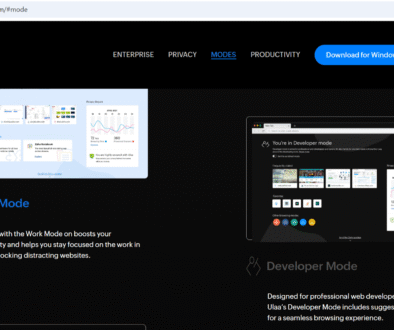Network Interface Card
Network Interface Card (NIC)
In this tutorial, you will learn about NIC, its uses and benefits. In today’s connected world, every computer or device that needs to access the internet or communicate over a network must have a way to connect. This is where the Network Interface Card (NIC) comes in. It acts as a bridge between your computer and the network, allowing data to flow in and out smoothly. Whether you’re browsing the web, sharing files, or printing over the network, a NIC plays a crucial role behind the scenes.
What is a Network Interface Card?
A Network Interface Card (NIC) is a hardware component that enables a computer or other device to connect to a network. It can be in the form of a physical card inserted into a motherboard slot or integrated directly into the motherboard itself.
- NICs can be wired (using Ethernet cables)
- Wireless (using Wi-Fi technology).

- NIC is also known as a network adapter or LAN card.
- It serves as an interface between a computer and a network.
- NICs convert data from the computer into signals that can be transmitted over the network.
- They are essential for network communication and internet access.
- NICs come in different types such as Ethernet NICs, Wi-Fi NICs, and Fiber Optic NICs.
Uses
- Connects computers to local area networks (LANs) and the internet.
- Allows file and resource sharing between devices on a network.
- Enables network-based printing and scanning.
- Facilitates communication between servers and clients in data centers.
- Supports remote access to systems over a network.
Benefits
- High-Speed Data Transfer: Modern NICs support fast data transfer rates, improving performance.
- Reliable Connection: Wired NICs offer stable and consistent connectivity.
- Wireless Flexibility: Wireless NICs allow mobility without the need for cables.
- Easy Installation: Most NICs are plug-and-play and easy to set up.
- Network Expansion: NICs allow devices to join and expand a network easily.


